Letter from Landlord Confirming Tenancy Template
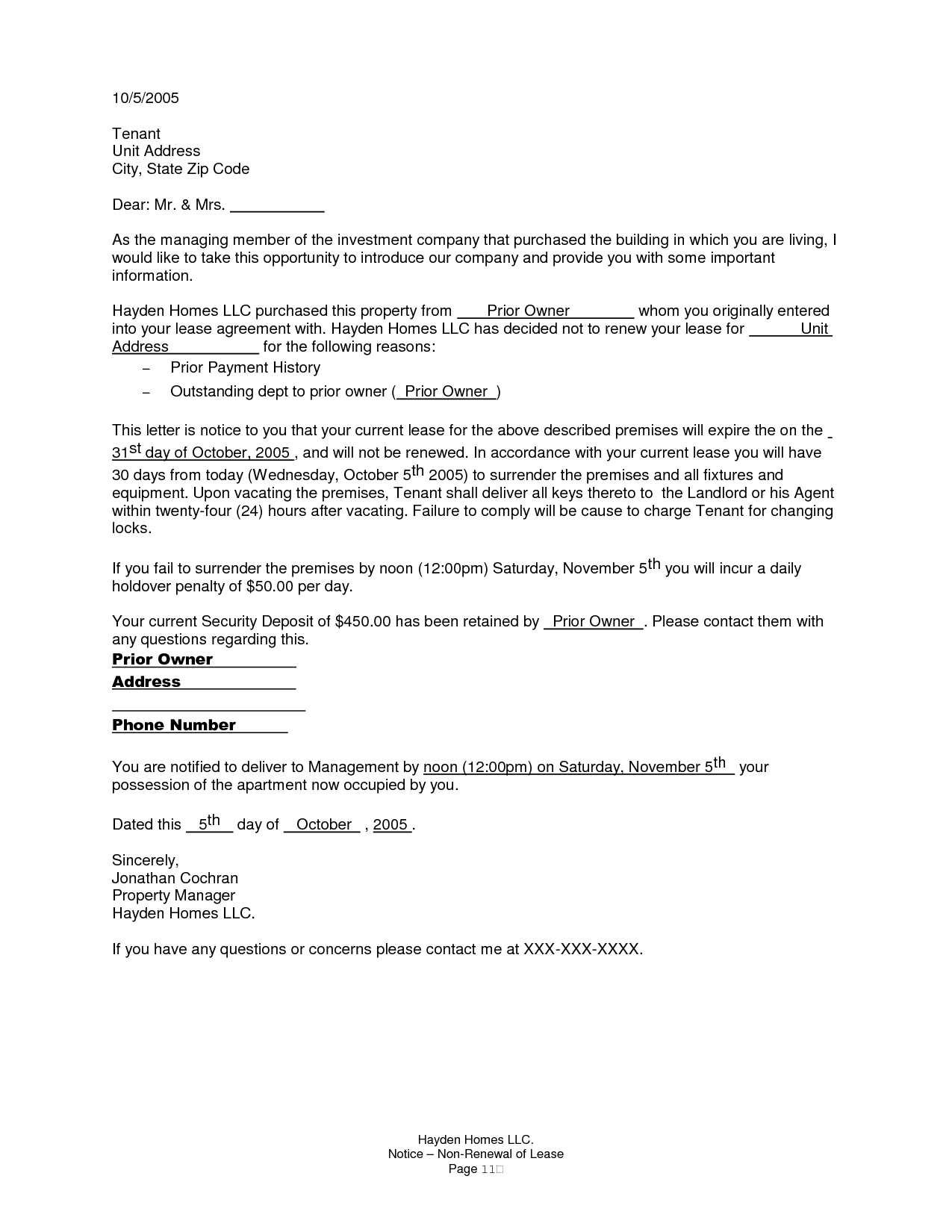
When managing rental properties, it’s essential to provide written confirmation of an agreement between the property owner and the tenant. Such documentation helps clarify the terms of the arrangement and serves as an official record for both parties. This guide explains the key components that should be included in this type of document, offering a clear structure for drafting it efficiently.
Why This Document Is Necessary
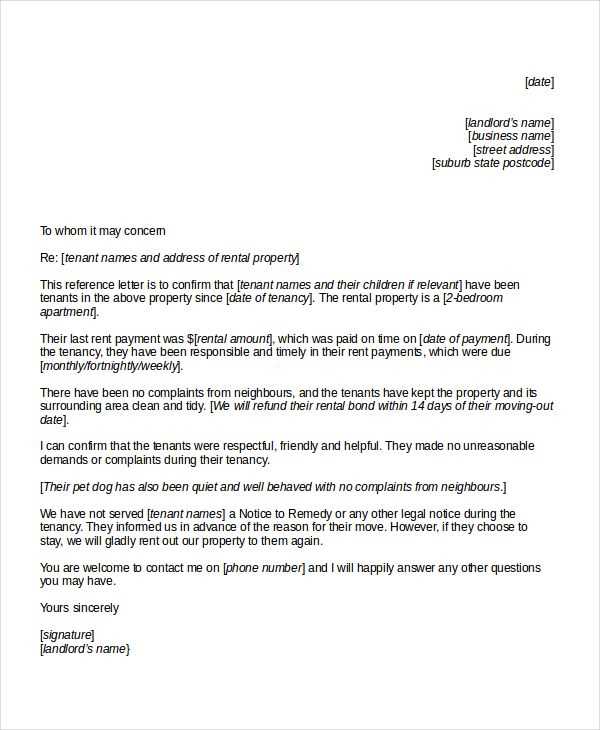
This form is a vital tool for confirming the existence and terms of a housing agreement. It can be requested by tenants for various reasons, such as applying for a mortgage, opening a bank account, or simply ensuring clarity about their living situation. For property owners, it ensures there is a formal acknowledgment of the rental conditions and expectations from both sides.
Essential Information to Include
- Tenant’s full name: It should match the details in the original rental agreement.
- Property address: The location of the rented space needs to be clear.
- Duration of the agreement: Include start and end dates for the rental period.
- Rental payment terms: Outline the agreed rent amount and payment frequency.
- Signatures: Both parties should sign and date the document for validity.
Customizing the Document
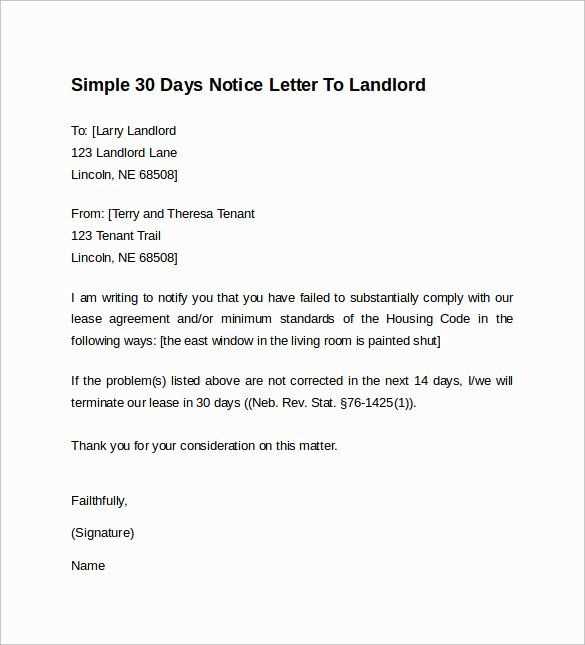
Tailoring this document is important to reflect the unique conditions of each rental arrangement. Adjustments can be made based on whether it’s a short-term lease or a long-term contract. Consider adding specific clauses about maintenance responsibilities, pet policies, or other factors relevant to the agreement.
Avoiding Common Pitfalls
Ensure all details are accurate and clearly worded. Ambiguity can lead to confusion or disputes down the line. Double-check that the document includes all required terms and that the signatories are correct. Failing to do so could result in a document that isn’t legally binding or fails to address critical concerns.
Legal Implications
While the document serves as a simple confirmation, it carries legal weight. Depending on your location, there may be specific requirements for how these documents must be worded or signed. Consult local laws to ensure compliance and avoid issues down the road.
Benefits of Using a Standardized Approach
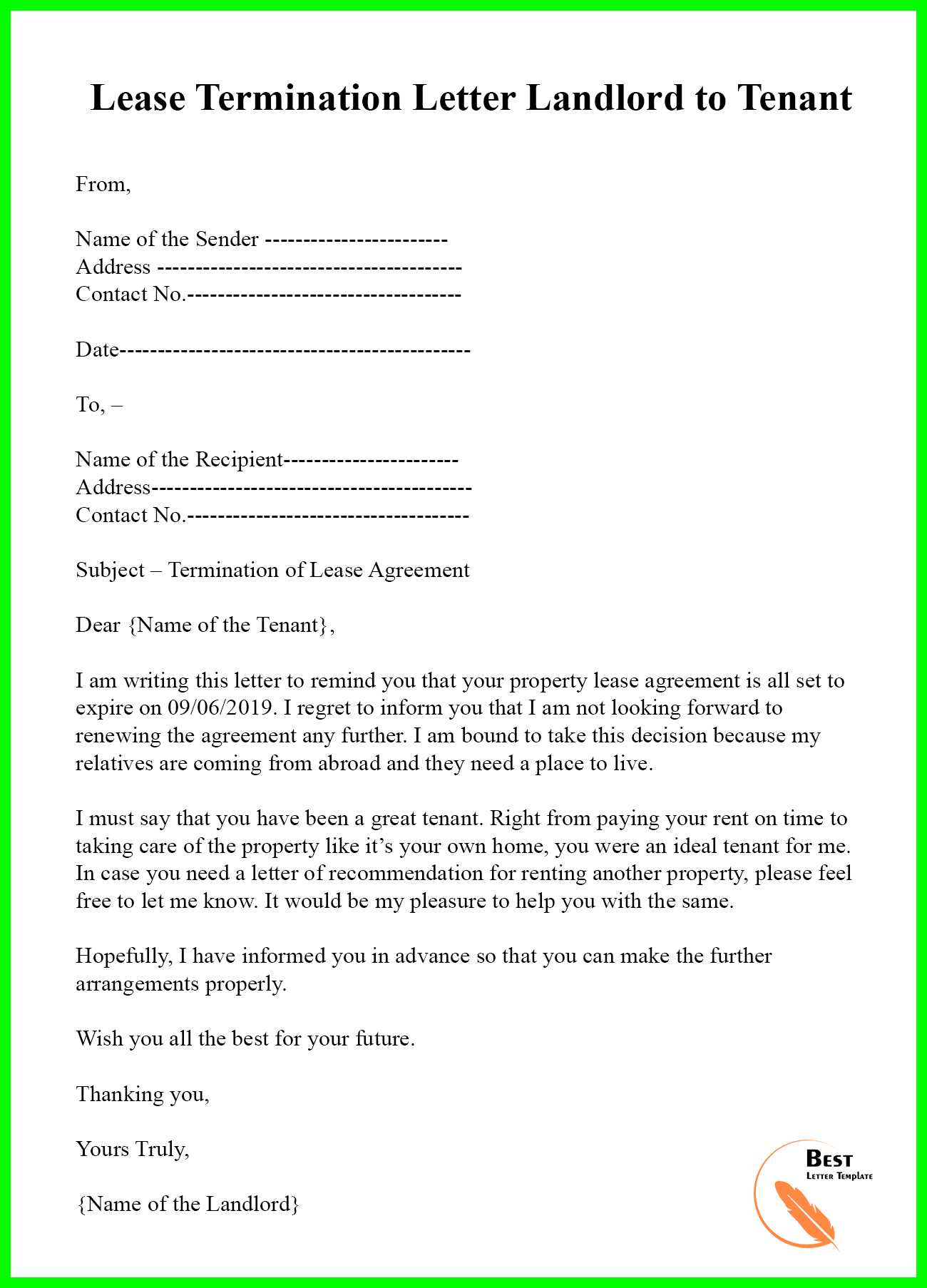
By using a consistent format, you can streamline the process of creating and managing these confirmations. It saves time and reduces the chances of missing key information. Moreover, standardized documentation can ensure clarity and prevent misunderstandings, helping both the tenant and the property owner feel confident in their arrangement.
Understanding Rental Confirmation Documents
When entering into an agreement regarding a rented property, it’s essential to provide a formal record that outlines the terms and conditions of the arrangement. This document acts as a confirmation of the rental agreement, ensuring both parties are aligned on the details of their commitment. Whether you’re a property owner or tenant, it’s crucial to understand what should be included and how to avoid common pitfalls when creating or reviewing such documents.
Why Confirmation Documents Are Essential
A formal written statement is crucial for verifying the existence of a rental contract and clearly stating the terms involved. It helps avoid confusion or disputes between parties, particularly regarding payment schedules, duration, and responsibilities. In many cases, tenants need this type of document for various purposes such as applying for loans or confirming their current living situation. For property owners, it ensures a clear and formal acknowledgment of the agreement, creating a solid foundation for the relationship.
Key Information to Include
- Tenant and Property Details: The full name of the tenant and address of the rented space should be clearly stated.
- Lease Duration: Start and end dates of the agreement are essential to avoid confusion about the lease period.
- Rental Terms: The rent amount, payment due dates, and payment methods must be included to ensure clarity.
- Signatures: Both parties should sign and date the document to make it legally binding.
How to Personalize the Document
While there are general guidelines for such records, every rental agreement is unique. Personalizing this document allows it to reflect the specific terms agreed upon by the parties involved. Additional clauses, such as maintenance responsibilities, pet policies, or utilities, may be added to fit the particular needs of the arrangement. This flexibility ensures that the confirmation is comprehensive and aligned with the expectations of both parties.
Common Errors to Avoid
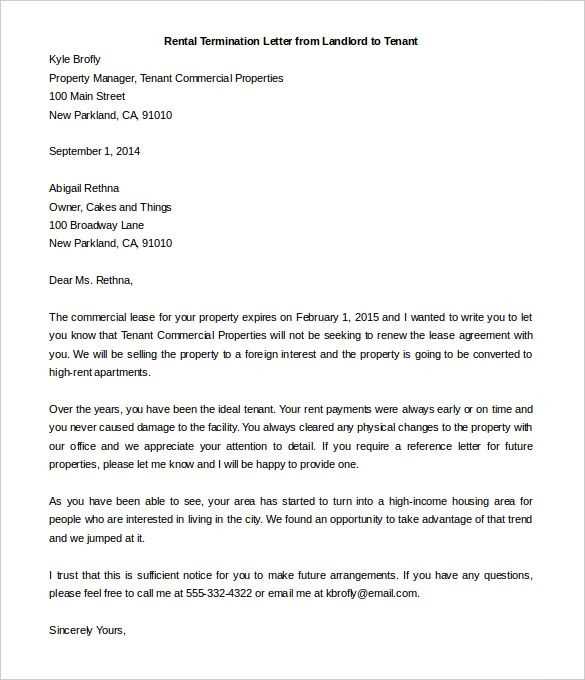
It’s important to ensure that all information is accurate and clear. Mistakes such as incorrect names, dates, or rental terms can lead to misunderstandings and potential legal issues. Additionally, ambiguous language can make it difficult to enforce the terms in the future. Double-check all details before finalizing the document, and ensure that both parties are fully aware of their rights and responsibilities.
Legal Considerations for Drafting Confirmation Statements
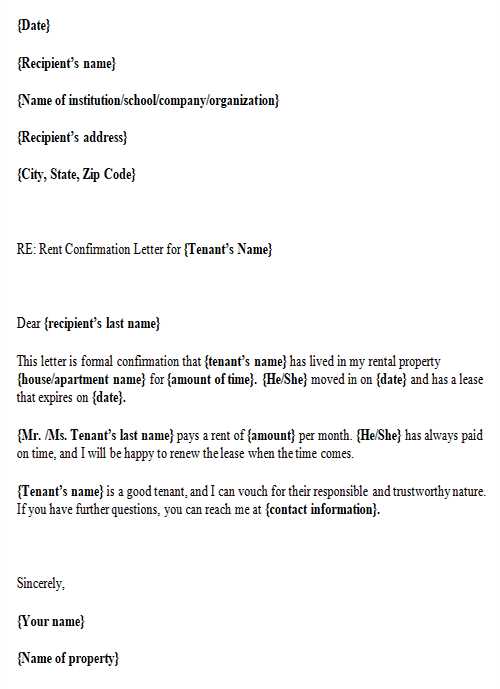
Depending on local regulations, there may be specific requirements for how these documents should be written. Some regions may have laws that dictate certain language, formalities, or procedures for signing. It’s important to stay informed about these rules to ensure the document is legally enforceable. Seeking legal advice before drafting can help prevent issues related to compliance and ensure the protection of both parties’ interests.
By using a standardized format and ensuring accuracy, this type of document serves as a valuable tool for both tenants and property owners. It offers security and clarity while reducing the likelihood of disputes or misunderstandings in the future.